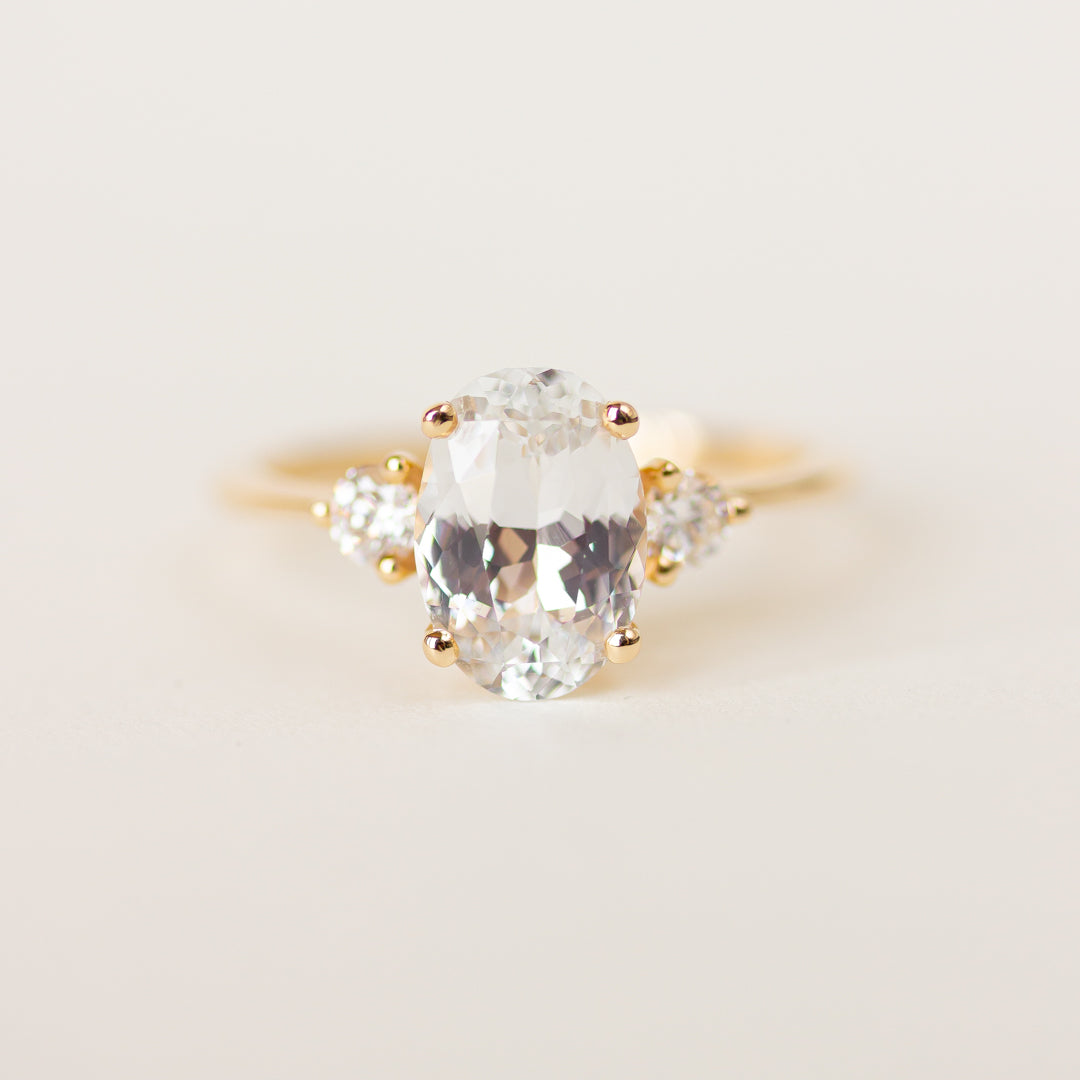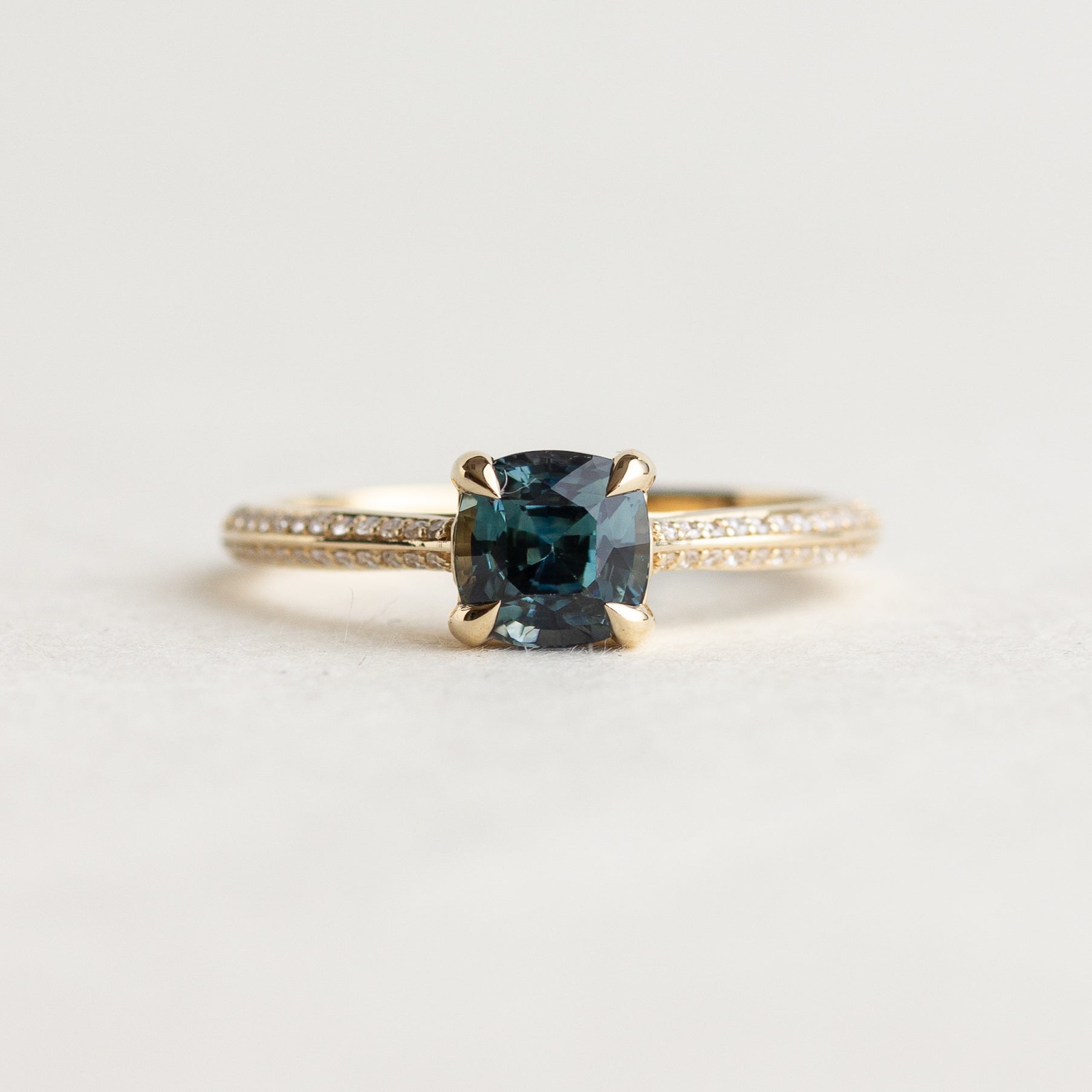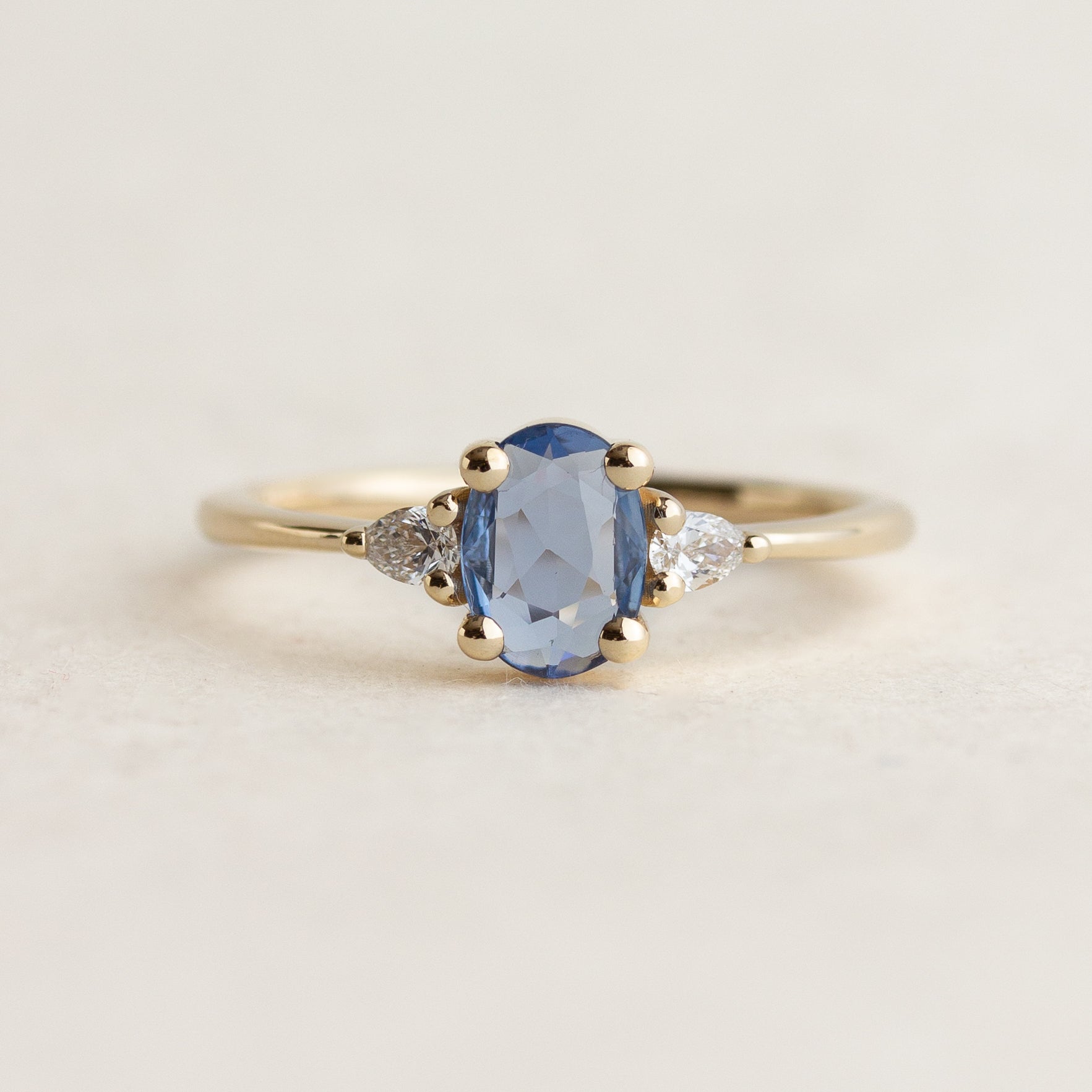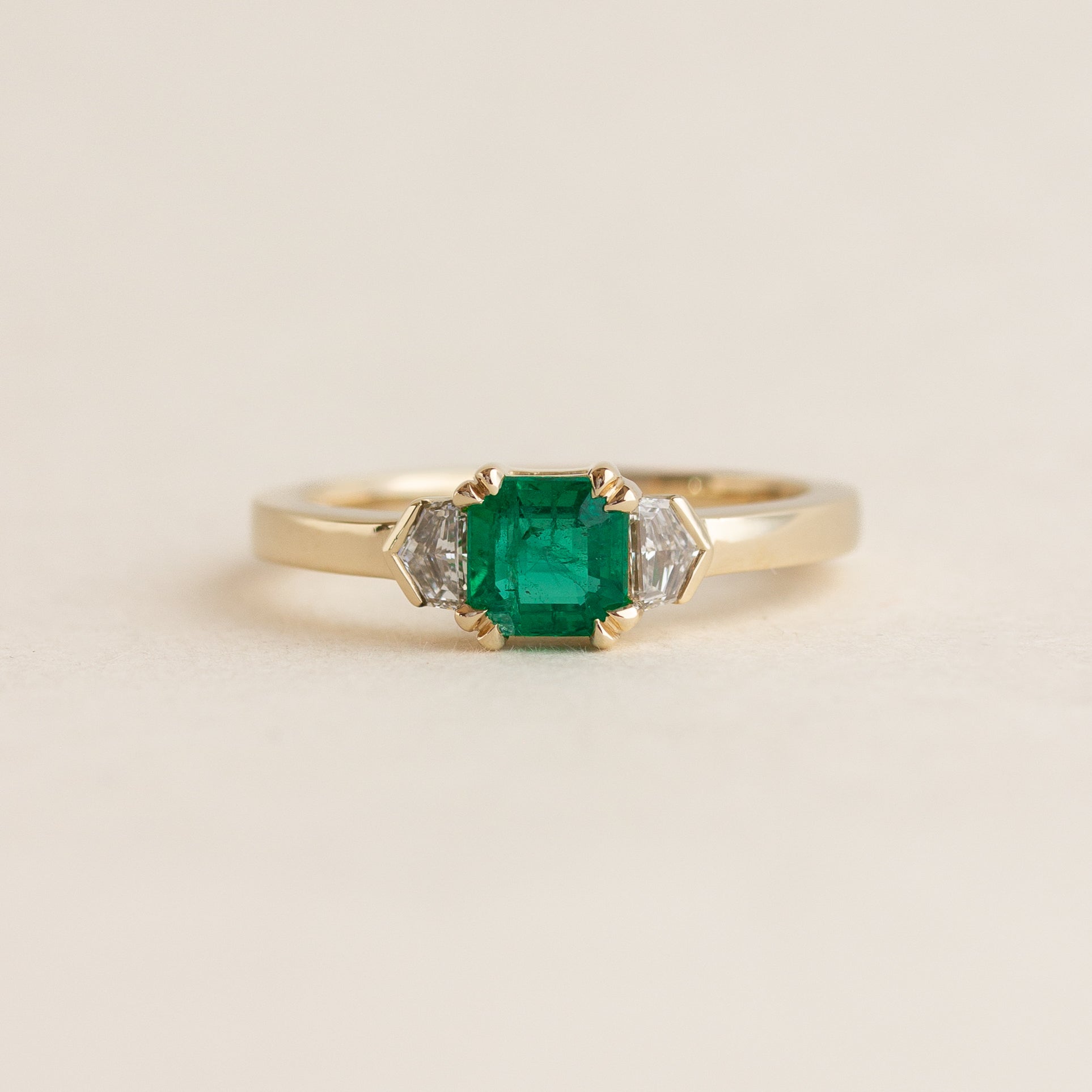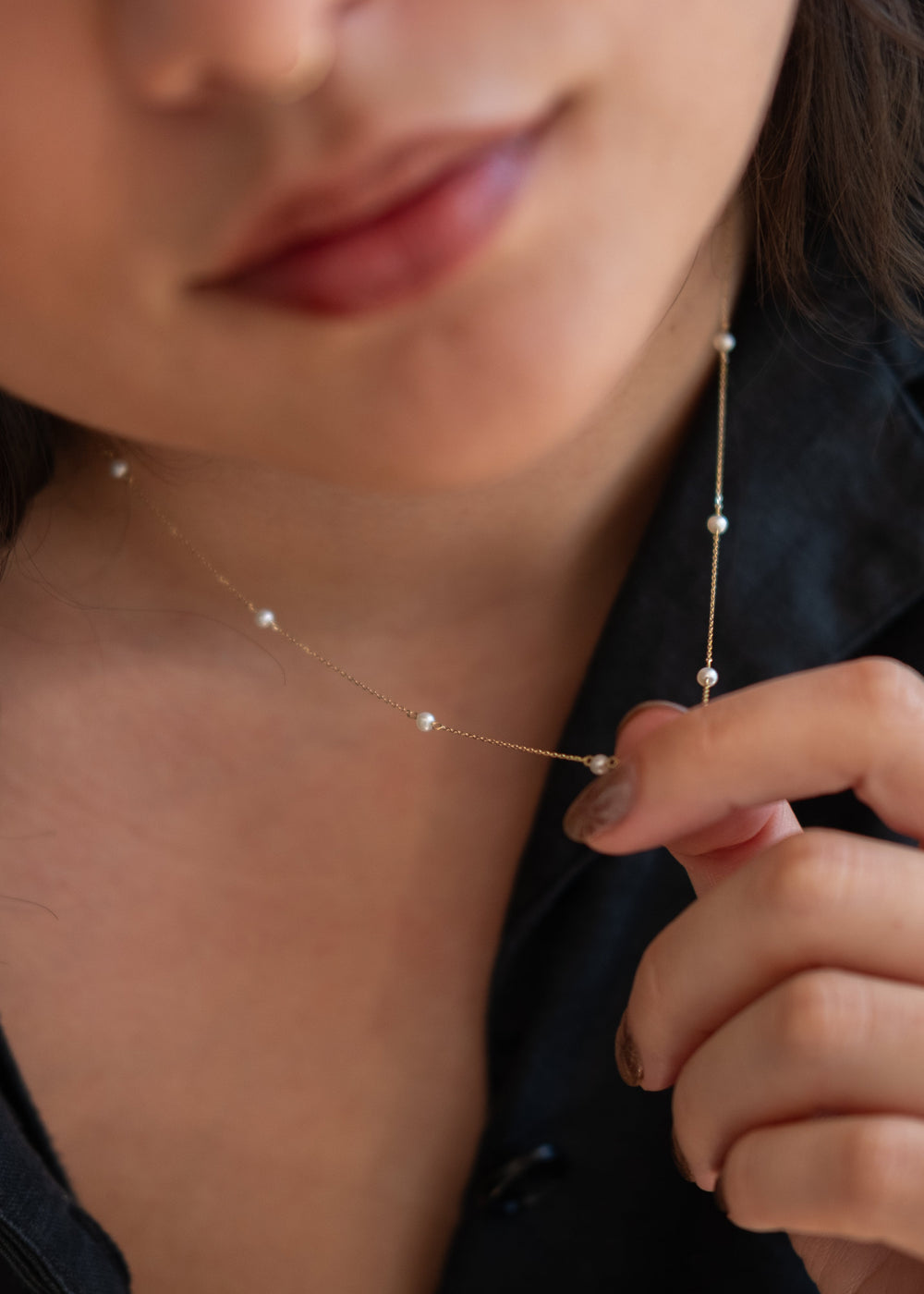The Ultimate Guide to Metals
At Evorden, we offer different metals in different qualities and colours to fit every need.
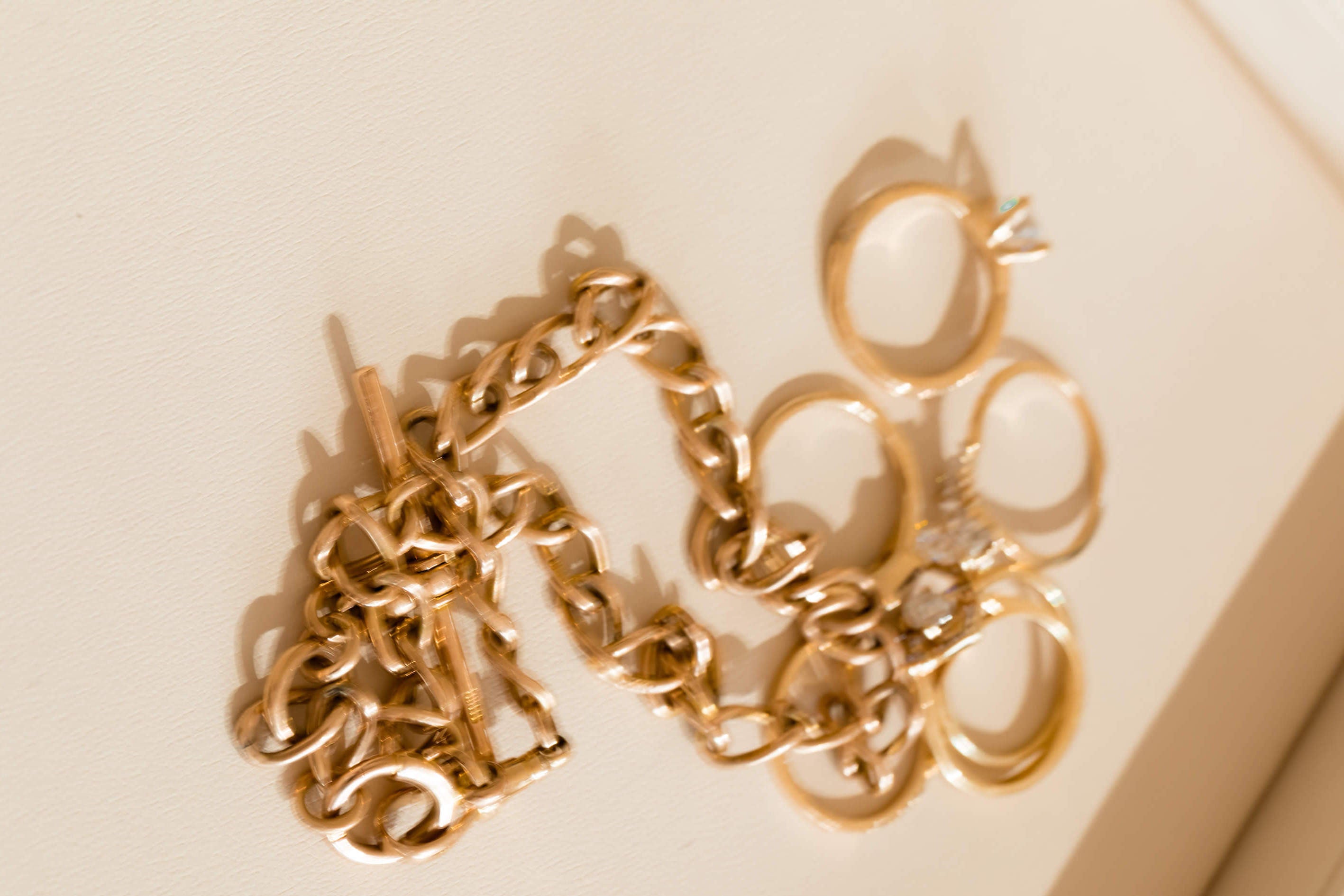
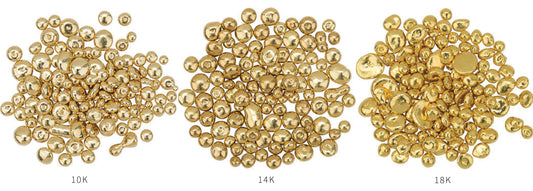
Gold is the most malleable of the precious metals. It is a symbol of old-world romance, a nod to its rich history and heritage. It is naturally yellow, and is resistant to rust, tarnishing, and corrosion.
We work in 18k, 14k, and 10k gold. Pure gold is too soft to be worn everyday—it would bend and warp. Therefore, pure gold is mixed with other metals to ensure its strength and durability.
18k gold is 75% pure gold that is alloyed with other metals.
14k gold is 58.5% gold and similarly is alloyed with other metals to increase its strength and durability.
10k gold is less than 50% gold and more than 50% alloyed metals. The implications of having a greater amount of alloyed metals in your gold is that it will tarnish more easily.
A quick trick to remember the difference between kinds of gold is just to recall that the higher the number, the softer the metal, because it is more pure.
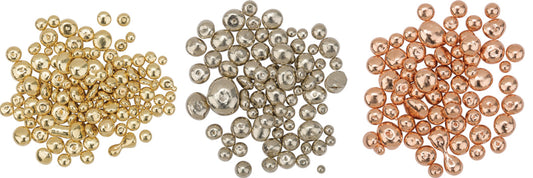
Color of Gold
The colour of gold is determined by the kinds of metal alloys included in the gold and their percentages.
Yellow gold generally accrues its glow from a very specific combination of reddish copper and greenish silver alloys. The higher the gold content, generally the more yellow the colour. For instance, 18k yellow gold is noticeably a brighter yellow tone, while 14k and 10k yellow gold is a softer, wamer tone.
Since gold is naturally yellow, white gold is made by incorporating naturally white metals into the alloy. Our white gold alloy is palladium-based and nickel-free, making it hypoallergenic. Our 18K and 14K white gold alloy automatically comes rhodium plated, but this can be omitted upon request for a warmer look.
Rose gold, similar to yellow gold, uses the reddish hue of copper alloy among other metals to give it its rich blush colour. In the case of rose gold, 14k and 10k rose gold are a brighter, rosier colour, while 18k rose gold is a more muted tone.
Gold is ranked 2.5-3 on the Mohs Scale of Hardness, where diamonds are ranked 10 as the hardest minerals on earth.
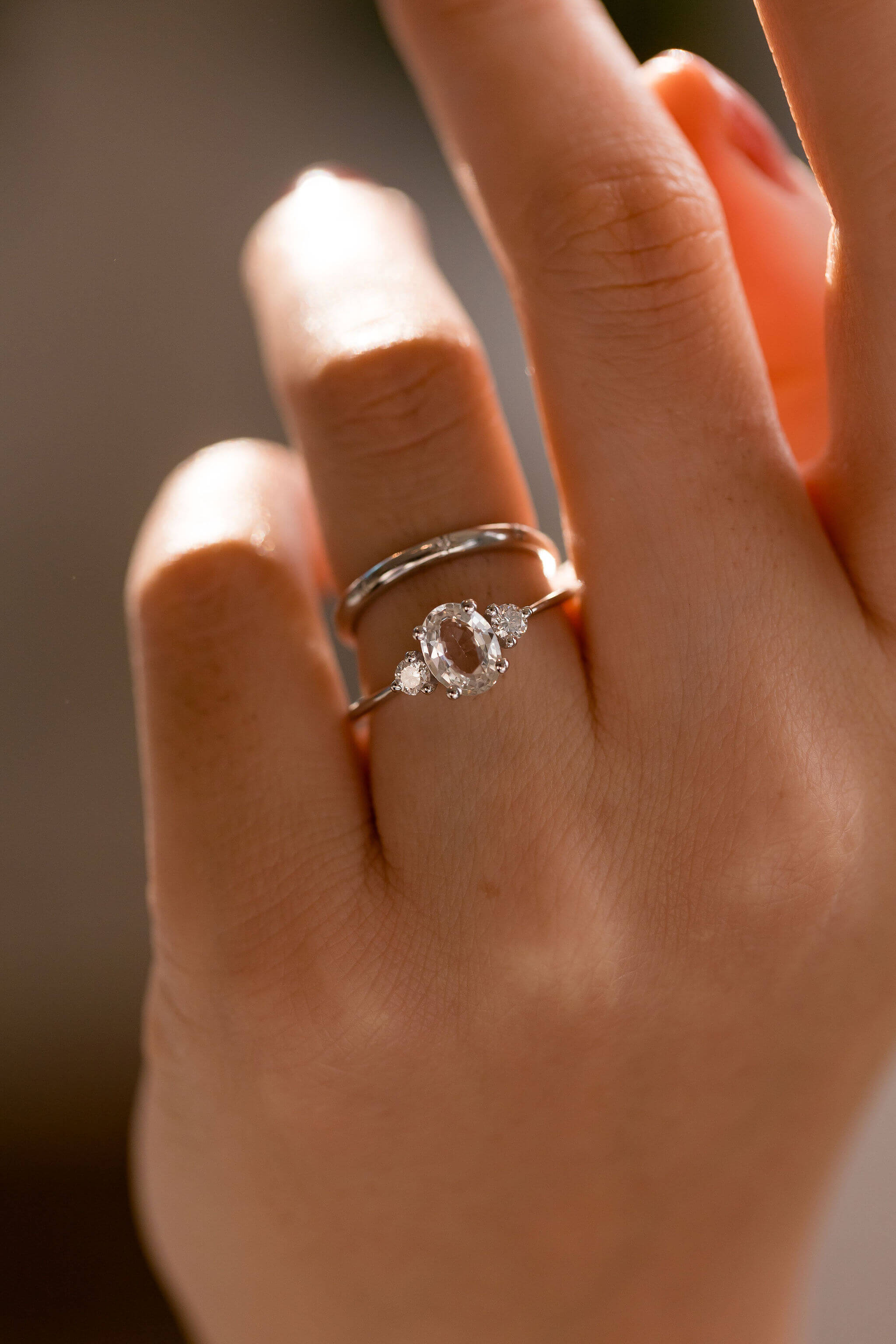
Platinum
While gold is considered the most precious of metals, platinum is also a popular choice for engagement rings and wedding bands.
It is often selected for its perceived value. Being less precious than gold, platinum is mined less and therefore is more scarce and as a result, has become technically more valuable on the market.
Aside from perceived value, the most common reasons to chose platinum are durability and its hypoallergenic qualities. It is a great choice for those that tend to react to gold or other metals.
For those whose metal of choice is generally a silver-tone but would prefer a low maintenance metal, platinum may be the ideal choice. It is naturally a bright silver colour and does not require plating or re-plating. Because of its durability, any scratches or patina can often be buffed out with a soft cloth.
When making your decision, it is also worth noting that platinum is considerably more expensive to resize and adjust than gold.
Platinum is ranked at 4-4.5 on the Mohs Scale of Hardness, where diamonds are ranked 10, as the hardest mineral on earth.
Ready to start designing your ring?
If you’re feeling overwhelmed, it’s a great idea to speak with us. We can advise you on what diamonds might be best for you and your budget—really, no question is too small or silly, we are here for you!

